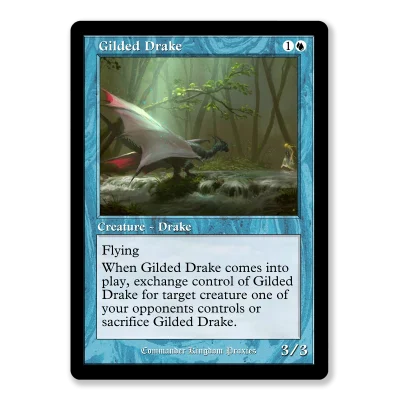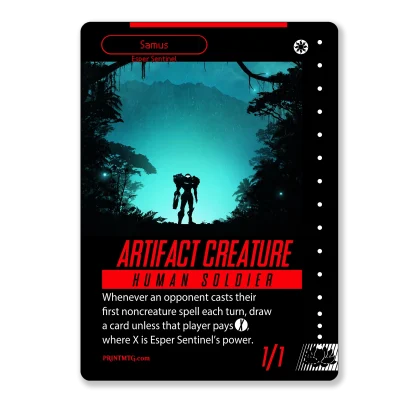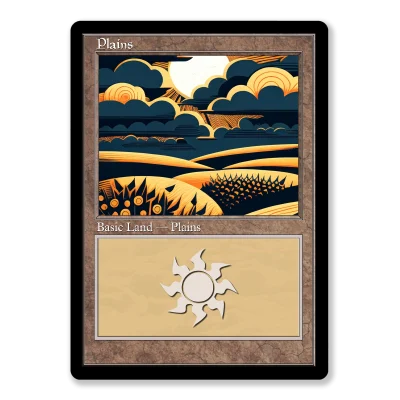Vigilance is a keyword ability in Magic: The Gathering (MTG) that allows creatures to attack without being tapped. This ability is significant because it enables the creature to remain available for blocking during the opponent’s turn, offering a tactical advantage by maintaining a strong defense while also applying offensive pressure.
What is Vigilance in MTG?
Vigilance primarily appears on white cards, with secondary appearances on green and, less commonly, blue cards. Creatures with vigilance are often depicted as guards or sentinels, embodying the ability to remain alert and ready even after taking action. The strategic benefit of vigilance cannot be understated; it allows players to commit to attacks without leaving themselves open to counterattacks due to tapped creatures.
How Vigilance Works
In the game, creatures typically must tap to attack, leaving them unable to block until the player’s next turn. Vigilance negates this requirement, allowing creatures to attack without tapping. This mechanic profoundly impacts gameplay, offering flexibility and strategic depth in both offensive and defensive maneuvers.
Examples of Vigilance in Play
Several notable cards exemplify the strategic use of vigilance. For instance, Questing Beast combines haste with vigilance to deliver immediate and sustained pressure. Nissa, Who Shakes the World transforms lands into vigilant creatures, leveraging mana and board presence efficiently. Unbreakable Formation and Always Watching are spells that enhance the utility of vigilance in creature-based decks, emphasizing the synergy between vigilance and other abilities or strategies like convoke, where untapped creatures can be used to pay spell costs.
The Role of Vigilance in Deck Building
Incorporating vigilance into various deck archetypes requires a nuanced understanding of how this mechanic can play to the strengths of control, aggro, and midrange strategies. Vigilance allows creatures to serve dual purposes, engaging in offense without compromising defense. This versatility is especially beneficial in multiplayer formats like EDH, where being able to attack without leaving yourself exposed is crucial.
For control decks, vigilance can be a key component in maintaining board presence while holding up mana for counterspells and instant-speed interactions. Cards like Serra Angel have historically been used in control strategies to apply pressure while staying ready to block. The ability to attack and then remain untapped to block can deter opponents from attacking you, thus protecting your life total and your planeswalkers.
In aggro decks, vigilance provides the ability to maintain an offensive stance while still deterring opponents from counterattacking, making it easier to commit to the board without fear of leaving oneself open. Creatures like Brimaz, King of Oreskos exemplify this by creating additional tokens upon attacking or blocking, thus amplifying both offensive and defensive capabilities.
Midrange decks benefit from vigilance by smoothing out the transition between early game defense and late-game aggression. Vigilance allows these decks to start applying pressure without losing their defensive posture, enabling them to better control the pace of the game.
Counterplay and Tactics Against Vigilance
Countering vigilance-heavy decks often involves outmaneuvering the balance they maintain between attacking and blocking. Strategies include using removal spells that can bypass the untapped state of vigilant creatures, employing tap-down effects to prevent them from blocking, or using evasion abilities like flying or trample to circumvent their defensive line.
Additionally, leveraging creatures with “must be blocked” mechanics or those that can punish blocks, such as creatures with deathtouch, can nullify the advantage vigilance provides. Implementing board wipes can also reset the advantage, as vigilance provides no protection against mass removal.
Deck building around vigilance also often involves synergies with cards that tap creatures for additional benefits, such as Meekstone or Crackdown, which penalize creatures for having high power or for attacking, respectively. Utilizing cards that can untap your creatures or grant them temporary boosts can also negate some of the disadvantages these types of control elements introduce.
Notable Cards with Vigilance
Several cards stand out for their use of vigilance:
- Brimaz, King of Oreskos is a powerful option for Commander and Cube formats, especially in cat tribal decks.
- Zetalpa, Primal Dawn showcases a combination of evergreen keywords including vigilance, though its high mana cost limits competitive play.
- Avacyn, Angel of Hope offers a formidable presence in casual and Commander formats, providing indestructibility alongside vigilance.
- Heliod, God of the Sun and Akroma, Angel of Wrath are examples of cards that have made significant impacts in various formats due to their powerful abilities coupled with vigilance.
Wrapping Up
Vigilance adds a layer of strategic depth to MTG, allowing for more dynamic and engaging gameplay. By enabling creatures to remain untapped after attacking, players can adopt more aggressive strategies without compromising their defense. The ability’s representation across different cards and decks highlights its versatility and value in the game, making it a favored ability among many players.





